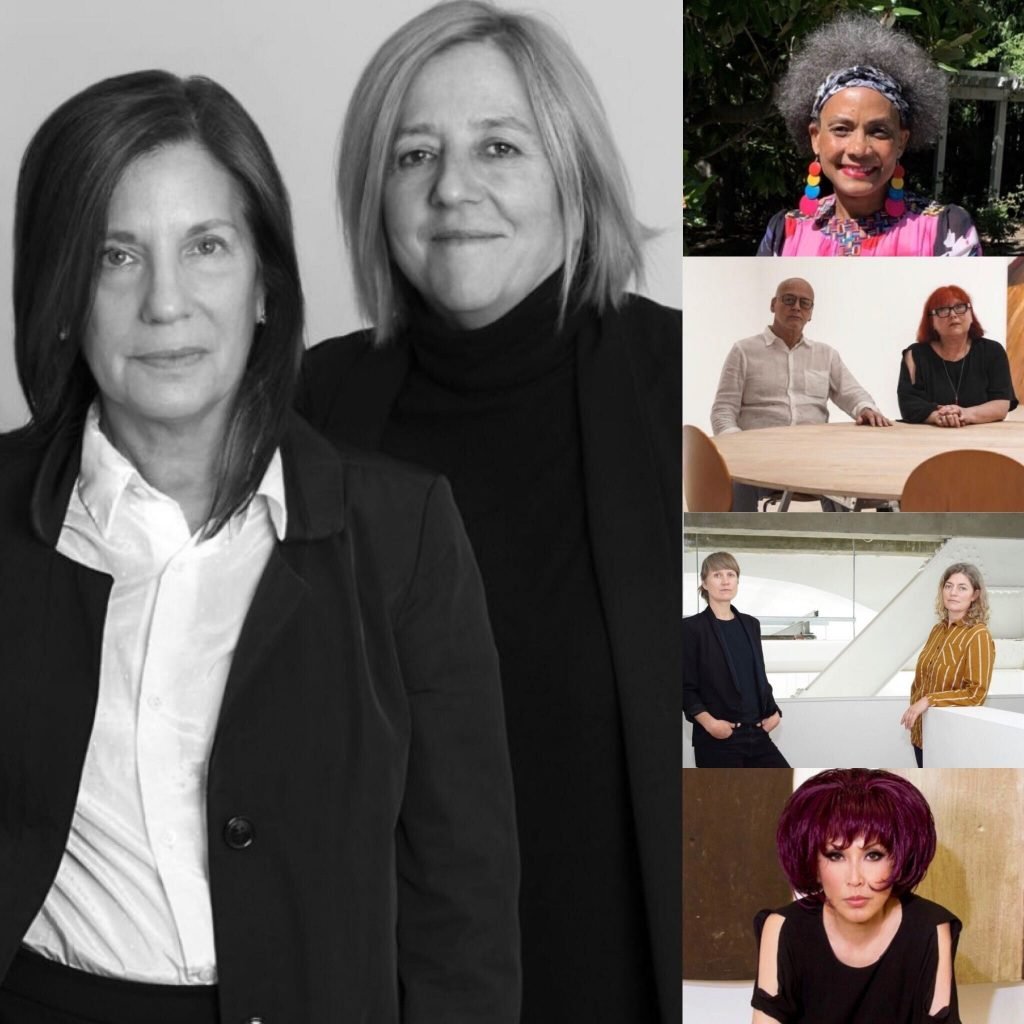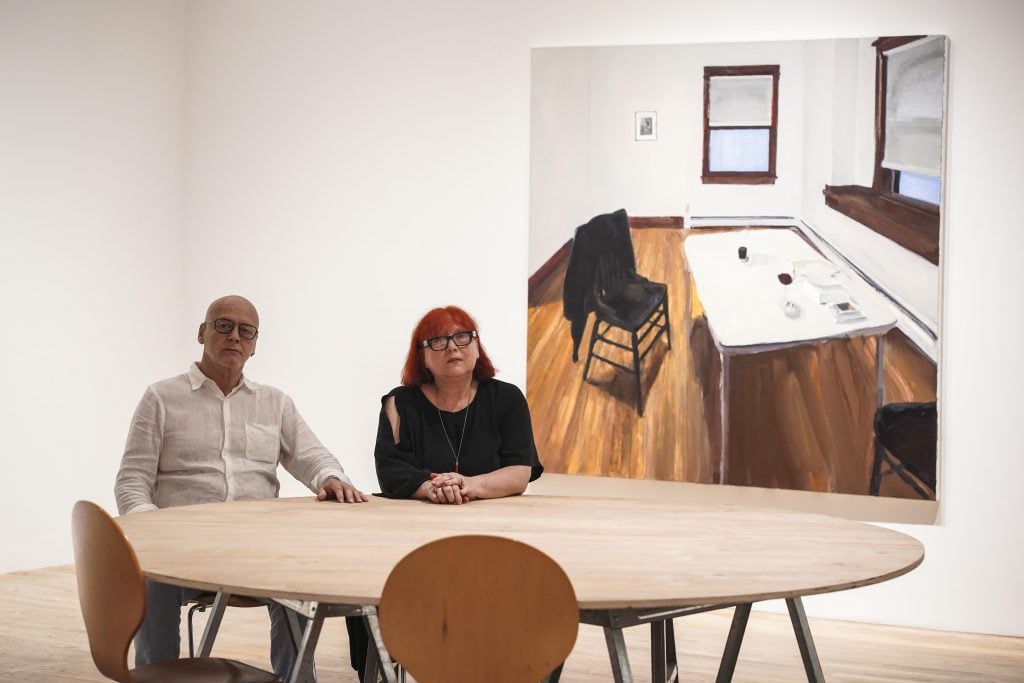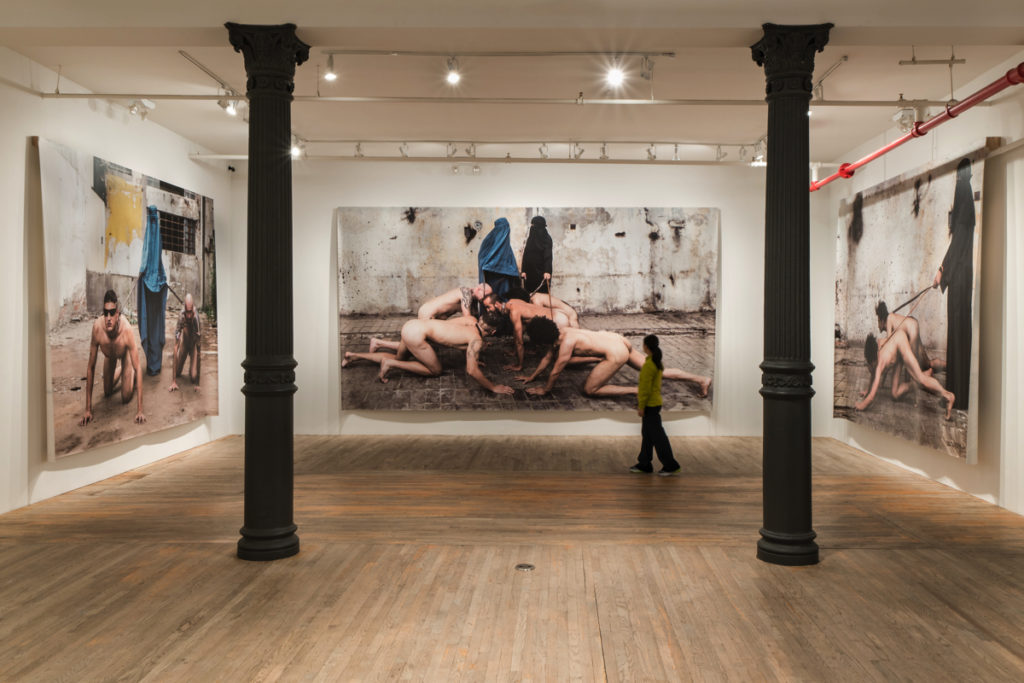Art World
Meet the New Innovators: 8 Pioneering Art Dealers Who Predicted the Future of the Art Industry—and Then Made It Happen
These eight veteran gallerists blazed a trail that the rest of the industry is only now, decades later, catching on to.

These eight veteran gallerists blazed a trail that the rest of the industry is only now, decades later, catching on to.

Artnet News

A version of this article first appeared in the fall 2020 Artnet Intelligence Report, which you can download for free here.
In the final installment of our New Innovators list, meet the veteran gallerists who blazed a trail that the rest of the industry is only now catching on to.
See our list of tastemakers, entrepreneurs, institutional change agents, community builders, disruptors, and next-gen dealers. See the complete list of New Innovators here.
When Pearl Lam founded her eponymous gallery in Shanghai, back in 2005, few would have believed that six years later, China would overtake the UK as the world’s second-largest art market. But Lam saw the region’s potential from the beginning of her career—and has done much to transform it into the international heavyweight it is today. Now, she operates galleries in Singapore, Hong Kong, and Shanghai, concentrating on creatives who engage in cross-cultural dialogue, from South African photographer Zanele Muholi to Zhang Huan, who this year is due to become the first Chinese artist to have a retrospective at the Hermitage in Saint Petersburg. In the post-lockdown era, Lam predicts, “there will be more online exhibitions and more diverse and global exhibitions in Asia, [with a] focus on diversity and female power.”
–Vivienne Chow
Karen Jenkins-Johnson has dedicated her career to advocating for emerging and under-recognized artists of color—a mission that often involves refusing to back down when the industry’s gatekeepers reject what she has to offer. Last year, after the selection committee for Frieze New York turned her down, Jenkins-Johnson arranged to have the work of Black photographer Ming Smith included in a special section—and went on to receive the Frieze Stand Prize for the presentation. With that momentum, Jenkins-Johnson then mounted a campaign to put “Ming back on the map,” she says, negotiating a solo booth for her at Frieze Masters that fall, after again being initially passed over.
At this point in her career, Jenkins-Johnson is focused on reinvesting in the Black arts community. Three years ago, she opened Jenkins Johnson Projects, a community-oriented venue in Brooklyn that hosts projects by guest curators of color “so that they can go out, and be hired by these institutions, and have a seat at the table to affect change.”
–Melissa Smith

Magda Sawon and Tamas Banovich of Postmasters. Photography by Manan Ter-Grigoryan. Courtesy of Postmasters.
Leave it to two twentysomethings from Eastern Europe to found what would become one of the most forward-looking American galleries of the past 36 years. Although Magda Sawon and Tamas Banovich only became a team in New York in the early 1980s—he maintains they met in Warsaw; she disagrees—each immigrated to participate in circles producing vital new culture of all forms.
Since its 1984 launch in an East Village storefront, Postmasters has explored how fine art “functions in a broader landscape of society and culture,” the duo say. This enterprise led them to begin championing new-media work as early as 1996, as well as to program boundary-pushing exhibitions with a slew of artists later poached by larger dealers.

Installation view of “Katarzyna Kozyra: Bipeds and Quadrupeds” at Postmasters. Courtesy of Postmasters.
“I don’t think we have a great capacity to be driven by good business decisions,” they say, “but we do have a great capacity to spot things of significance to the moment.” This passion for identifying what’s next is what keeps Postmasters at the forefront of culture today.
–Tim Schneider
Lisa Panting and Malin Ståhl are true believers. As dealers who got their start in the noncommercial world (Panting, with the art-book publisher Book Works; Ståhl, as a curator), they have a sharp eye for talent and take the long view in promoting it. Before it became a trend among mega-galleries, they made it a priority to work with an older generation of artists who had previously been overlooked, including some—like British Black Arts movement pioneer Lubaina Himid—who had never worked with a gallery before.
Now, more than a decade after they opened their first space, the rest of the art world seems to be catching up, with Hollybush Gardens artists Charlotte Prodger, Andrea Büttner, and Himid all receiving nominations for (or winning) the Turner Prize in recent years.
Panting and Ståhl hope that, in the future, they are no longer outliers. “It’s not simply the question of gender now, it’s a very deep-rooted question about how artists get selected, who gets what position, how this world is gatekept,” Panting says. “It won’t sustain itself if it doesn’t break beyond what it has been.”
–Naomi Rea
In some ways, the history of P.P.O.W. doubles as a history of art galleries in New York. Founders Penny Pilkington and Wendy Olsoff opened their first space—the name is a combination of their initials—in the East Village in 1983 before moving to SoHo and then, in 2002, to Chelsea. Now, they are getting ready to move yet again, to the fast-growing gallery hub of Tribeca. All the while, however, one thing has differentiated them from the pack: an unwavering commitment to artists, like Martin Wong and David Wojnarowicz, who grapple with politics and identity, whether or not the subject matter was market-friendly at the time. “We realized along the way that we should stick to our strengths, and our strengths were the artists we showed,” Olsoff says.
In recent years, the gallery has begun working with a number of younger artists who carry on this legacy—among them, Aaron Gilbert, Ramiro Gomez, and Carlos Motta. In light of the recent Black Lives Matter protests, the duo are continuing to seek out new voices—and question their own. “We always showed artists of color,” Olsoff says, “but as two white women, where can we do better and how can we educate our staff and continue to serve as a role model for other galleries?”
–Eileen Kinsella